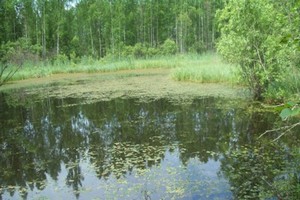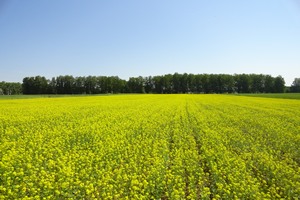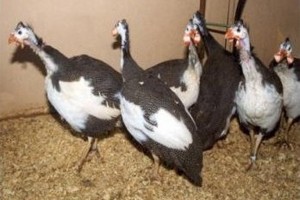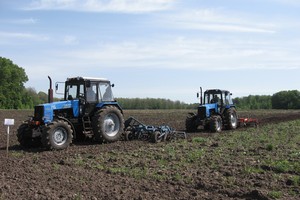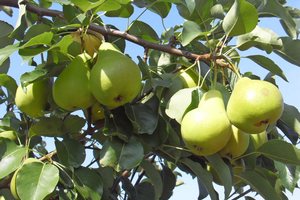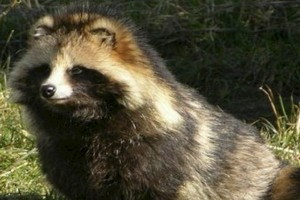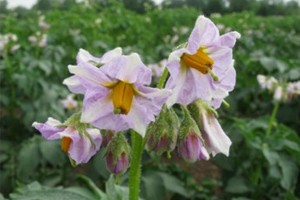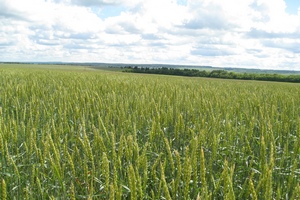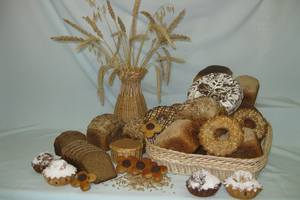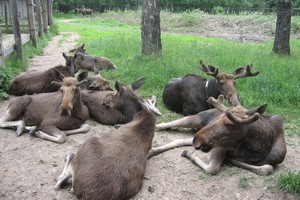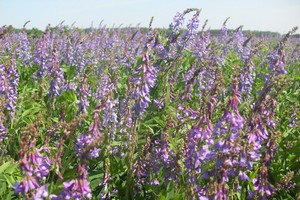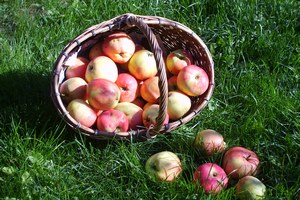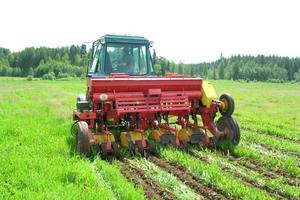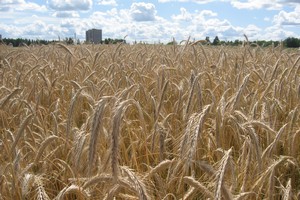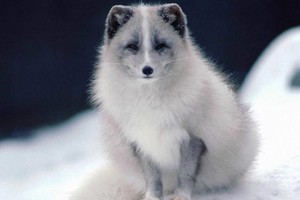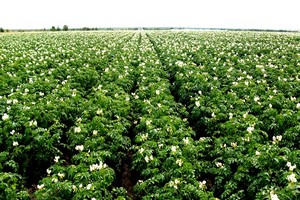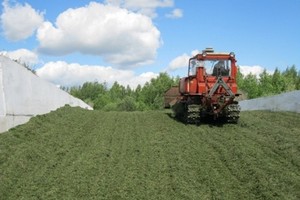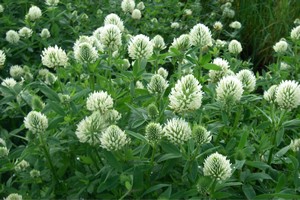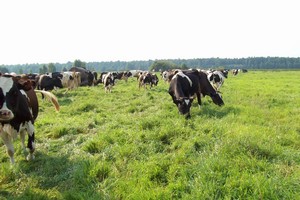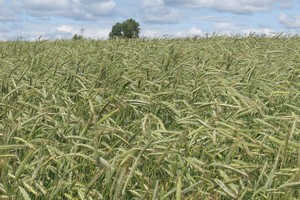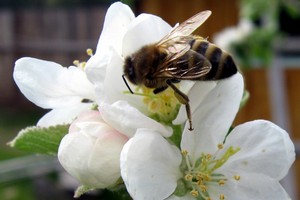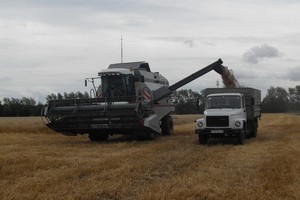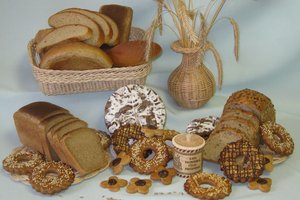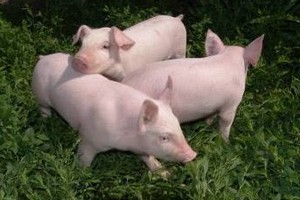Grain-mowing peas Vita
Pages: 15-19.
Gradoboeva T.P., PhD in biology, head of laboratory,
Pislegina S.S., head of laboratory,
Lyskovа I. V., PhD in agriculture, head of laboratory
Falenki breeding station, Falenki, Kirov region, Russia
E-mail: fss.nauka@mail.ru
The paper presents a brief economic and biological characteristics of new peas variety Vita (Flamingo x Countess) recommended for use as forage. Vita refers to leafy type of varieties. Leaves are simple without anthocyan pigmentation, having tentaculas which in mixed culture with cereals makes it possible to form stands resistant to lodging. The stem is simple, of indeterminate type, medium length (96.5…130.9 cm). Number of knots to the first inflorescence are 11…15 that characterizes a variety as middle-ripening. A growing period from shoots to the economic ripeness averages 72 days (61...84), including - from complete shoots to the complete flowering - 35 (31...40), from the complete flowering to the economic ripeness - 33 (29...41) days. Variety generates up to three pods on the stem, that is has multi-fruitiness. Variety Vita combines high grain yield (up to 5.4 t/ha), green mass (to 41.3 t/ha) and dry matter (up to 6.4 t/ha) with the flexibility and stability. For the 2012…2014 new variety exceeded the standard Krasnoufimsky 93 on grain yield on average by 0.2 t/ha, of green mass – 4.5 t/ha, dry vegetative mass – 0.6 t/ha. Among the studied varieties Vita possesses the most effect of general adaptive ability (ОАСi) characterizing the mean value of sign under various environmental conditions. Parameters of OACi for varieties Vita and Krasnoufimsky 93 on grain yield were respectively 0.22 and -0.01, of green mass - 2.57 and -2.03, of dry mass 0.44 and -0.22. The content of crude protein in grain of variety Vita varied from 19.2 to 22.7 %, in dry mass from 11.6 to 18.0%. Under conditions of artificial infectious background a new variety has middle resistance against ascochitosis.
Keywords: peas, breeding, variety, productivity, adaptive capacity
References
1. Sitnikov N.P. Sostoyanie i perspektivy kormoproizvodstva APK Kirovskoy oblasti. [The state and prospects of fodder production in AIC of Kirov region]. Agrarnaya nauka Evro-Severo-Vostoka. 2011. no. 6 (25). pp. 73-77.
2. Debely G.A. Zernobobovye kul'tury v Nechernozemnoy zone RF. [Legumes in the non-Chernozem zone of Russia]. Moscov: Nemchinovka, 2009. 30 p.
3. Metodika Gosudarstvennogo sortoispytaniya sel'skokhozyaystvennykh kul'tur. [Methodology of the State crops testing]. Moscov, 1985. 270 p.
4. Metody uskorennoy otsenki selektsionnogo materiala gorokha na infektsionnykh i provokatsionnykh fonakh. [Methods of accelerated evaluation of peas breeding material on infectious and provocative backgrounds]. Moscov, 1990. 24 p.
5. Metod uskorennogo opredeleniya azota s ispol'zovaniem apparata Seren'eva. [The method of rapid determination of nitrogen by using of Serenev's apparatus]. Moscov: CINAO, 1989. 8 p.
6. Dospekhov B.A. Metodika polevogo opyta. [Methods of field experiment]. Moscow: Kolos,1969. 336 p.
7. Pakudin V.Z. Otsenka ekologicheskoy plastichnosti sortov. [Assessment of ecological plasticity of varieties]. Geneticheskiy analiz kolichestvennykh i kachestvennykh priznakov s pomoshch'yu matematiko-statisticheskikh metodov. [Genetic analysis of quantitative and qualitative traits using mathematical-statistical methods]. Moscov: VNIITEISH, 1973.pp. 40-44.
8. Kil'chevskiy A.V., Khotyleva L.V. Ekologicheskaya selektsiya rasteniy. [Ecological plant breeding]. Minsk: Technologiya, 1997. pp. 65-96.
9. Finley K.W. Wilkinson G. N. The analysis of adaptation in a plant breeding programme. Austr. J. Agric., 1963. Vol. 6. pp. 742-754.
